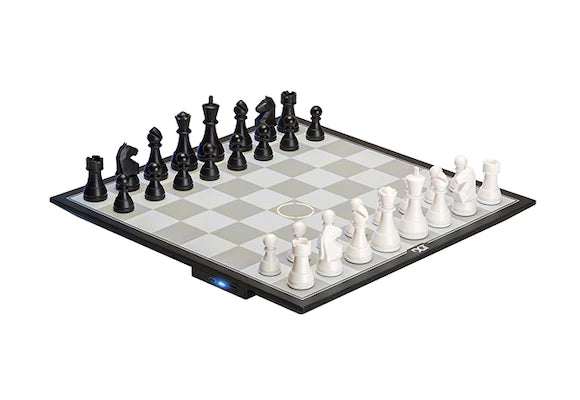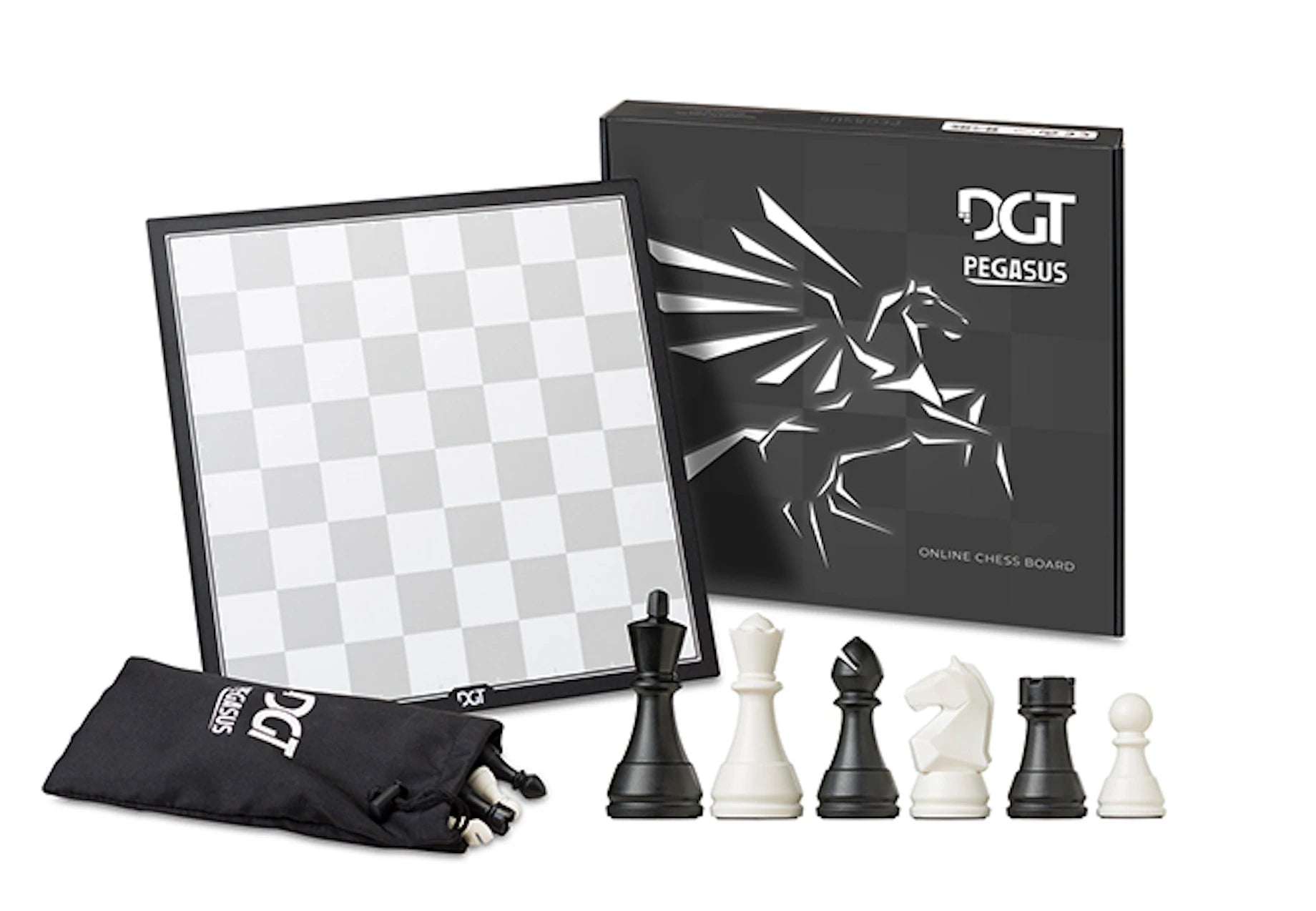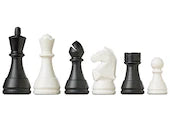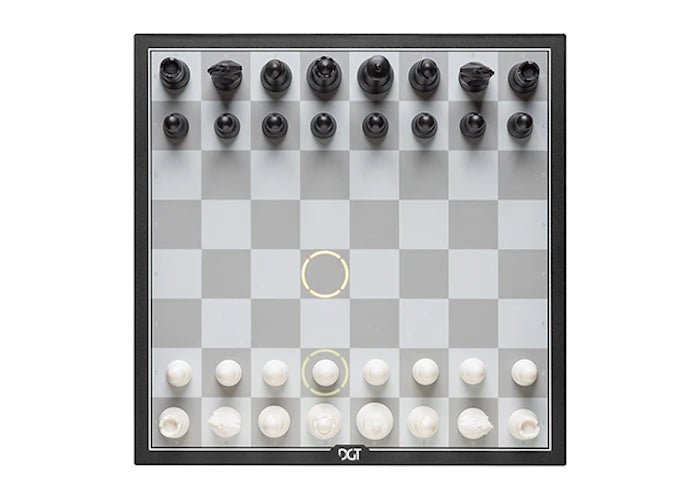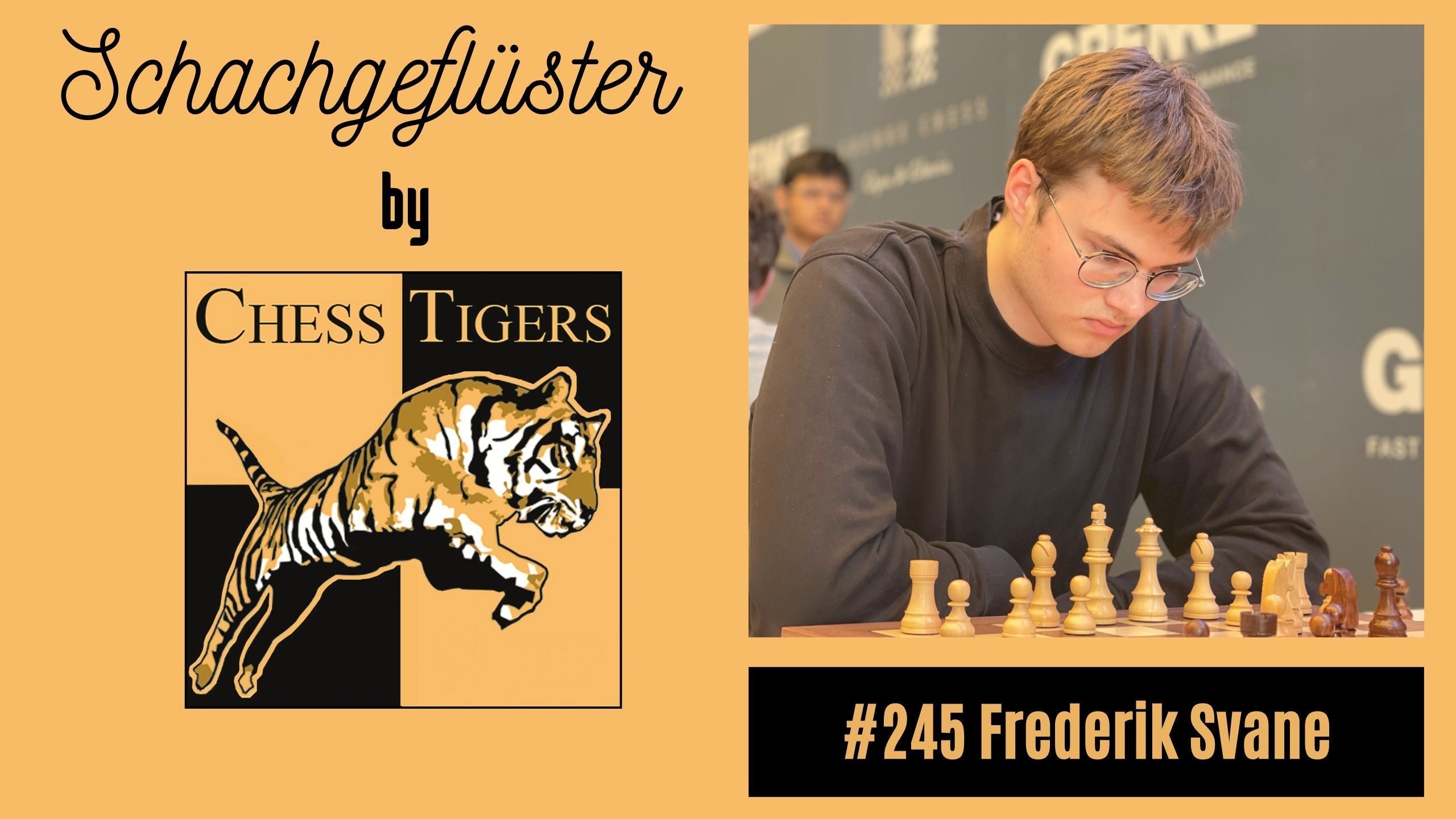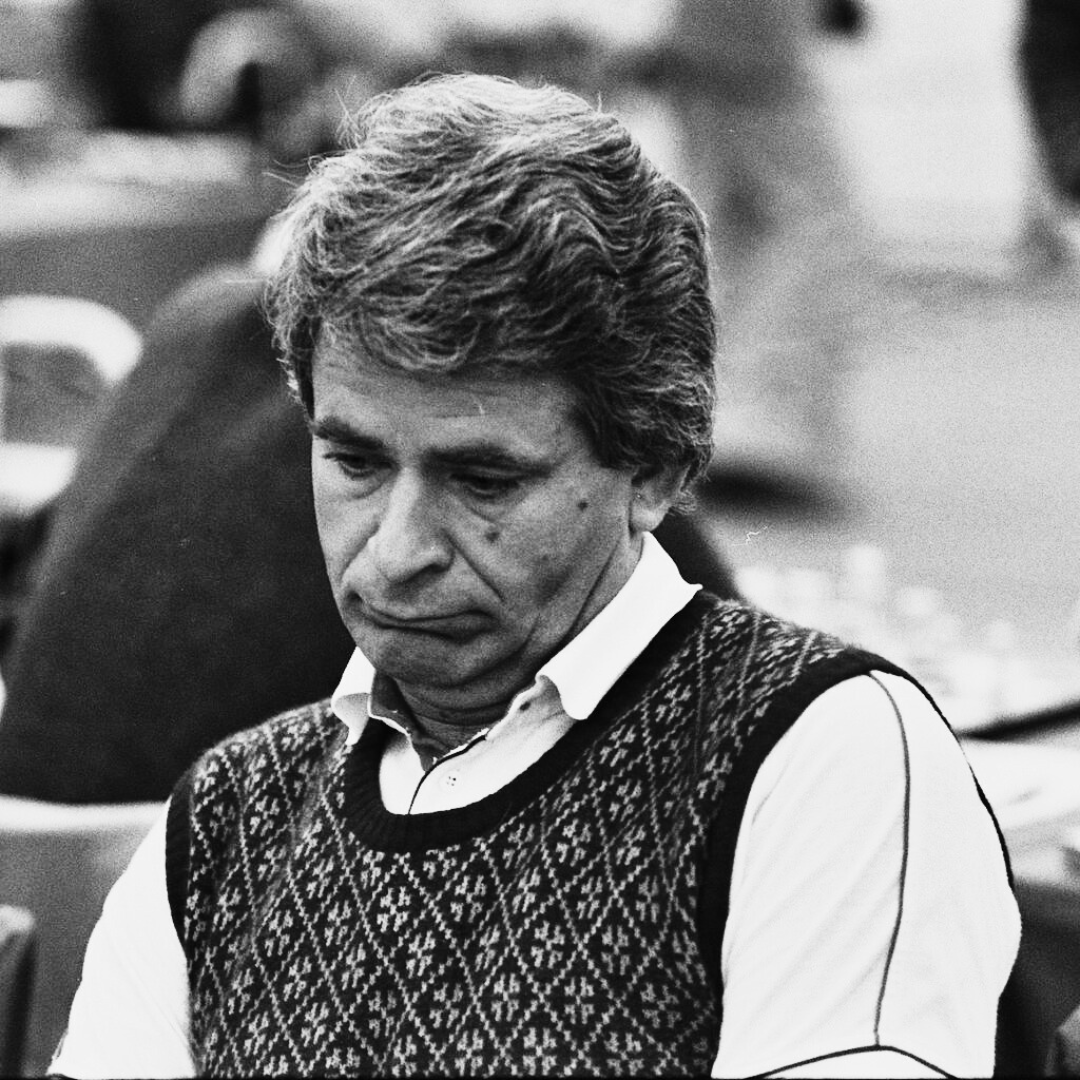He was said to be unable to read or write and knew almost no opening theory. Nevertheless, he was one of the best chess players of his time. In the 5th episode of her series "Chess Geniuses", Xenia Bayer examines the memorable appearance and disappearance of an enigmatic man.
Link to the podcast (to listen):
Podcast script (for reading):
Hello dear listeners,
My name is Xenia Bayer and this is my podcast “Chess for Children”!
“A Chess Genius, Part 5”
Things were bubbling at the Hastings tournament in 1930. A sensation! A mysterious man won all of his games in a row.
The Vienna Chess Newspaper reported in 1930:
"This year's tournament remains true to tradition in its composition: ten participants, half British, the other half foreign champions, among them a top-class attraction. Former world champion Capablanca was apparently chosen as such, who returned to the tournament arena in Hastings after a one-year break. That was how it was meant, but fate - at least in the first half of the tournament - wanted it differently. The Cuban was joined by another exotic, the Indian... As in Liège last year, he began in Hastings with an uninterrupted series of victories. Four wins, but not against just any opponents, and one of his victims was Capablanca, who suffered a tournament defeat on English soil for the first time in his life. The fifth round brought the Indian a loss to Winter... His closest competitor at the moment is not Capablanca, but the Dutch champion Dr. Euwe and - surprisingly - the British veteran Michell. Suspense is hanging over the outcome of the tournament...
Standings of the Master Tournament after the 5th round: … (the Indian) 4, Dr. Euwe and Michell 3.5 each; Capablanca 3, Thomas and Winter 2.5 each; Menchik 2, Colle and Yates 1.5 each; Tylor 1 (point)"
The mystery man will score 6 out of 9 points in this tournament, placing him third behind Max Euwe and Jose-Raul Capablanca.
Who was the young man with a large white turban on his head who suddenly appeared out of nowhere in England?
The young man is said to have come with his master, Nawab Sir Malik Umar Hayat Khan, an Indian diplomat. In his homeland (he came from Sargodha, in the north-east of present-day Pakistan), he won the All-Indian Chess Championship in 1928. His master encouraged the young talent and took him to Europe.
At that time, the game in India was still played according to the Shatranj rules:
"Firstly, Indian chess does not recognize the double move of the pawn from the starting position. In addition, a pawn cannot be promoted at will when it reaches the last row, but only into the piece that was on that line at the start of the game. This means that a pawn only becomes a queen on the queen's or king's wing. If it reaches the last row on a knight's square, for example, it becomes a knight. Indian castling is also different and means that the king can make a knight's move once during the game. After all, in India you win the game even if you stalemate the opponent's king." *
---
ADVERTISING:
Ulrich Geilmann, The Indian Master Malik Mir Sultan Khan

---
Our young friend did not know the European rules of chess.
Thanks to his patron, he was able to compensate for his lack of theoretical knowledge. The young talent received chess lessons from the English chess masters William Winter and Frederick Yates, who prepared him for the British Championship in 1929. In Ramsgate, the unknown Indian champion became the British Champion of 1929.
He celebrated one tournament success after another.
The talented Indian also triumphed at two more British chess championships in London in 1932 and Hastings in 1933.
In June 1930 he took part in the Scarborough tournament as the current English champion, won 5th place and left all English chess players behind.
In the 6th round of the tournament, the British champion played against the first female world chess champion Vera Menchik:
"Two interesting personalities sit opposite each other: the leader of the white team is an Indian from the homeland of chess, who won the championship in Great Britain last year; his opponent is the women's world champion, the first to radically break the chess monopoly of the male sex. Their meeting at the chessboard arouses lively interest among the spectators and, indeed, a wild scuffle soon ensues," wrote the Vienna chess newspaper.
The Indian wins this game. This time he doesn't make it into the famous "Vera Menchik Club" for all men who lose against her.
In the summer of 1930, to celebrate its 100th anniversary, the Hamburg Chess Club organized a Chess Olympiad. The British team competed under the leadership of the young Indian.
18 teams took part in the Olympiad. Among the participants were many famous chess players. The then world champion Alexander Alekhine also came with his team from France.
In Hamburg, the British team finished 8th. The Indian talent himself won 11 points from 17 matches: 9 wins, 4 losses and 4 draws (including one with Alexander Alekhine) and was one of the best 6 players!
The Indian chess player will also represent the British Empire in two more Olympiads. In 1931 in Prague he scored 11.5 out of 17 points and his team finished in 9th place. In 1933 in Folkestone his team finished in 10th place. He himself achieved 7 out of 14 points.
He fought against the best chess players in the world: against Savielly Tartakower, the Polish-French chess master, the young man won by 6.5 to 5.5 points; against Salo Flohr, the Czechoslovakian-Soviet chess master, he lost by 2.5 to 3.5.
It was claimed that the Indian chess player could neither read nor write, nor speak any European language. So he was provided with a private secretary at tournaments who wrote down the games for him and translated them from English.
----
ADVERTISING:
Chess Tigers bestseller: Surprise package: 10 chess books for the low price of 50 euros

---
It seemed that the young Indian did not have his secretary with him during the game against the Austrian Hans Kmoch.
"At the team tournament in Hamburg (1930) he also performed extremely well on the top board against the best continental opponents, although his obvious lack of intelligible language annoyed some rivals.
"What language does your champion speak?" cried the Austrian Kmoch after his third offer of a draw was only met with a gentle smile. "Check," answered ... (the team leader), and so it turned out, because after a few moves the Austrian champion had to give up." (Edward Winter "Sultan Khan")
The chess talent was by no means familiar with the opening theories:
his “ ...knowledge of openings was limited to general principles; deep knowledge of variations was lacking. ”*
In one game the following position was seen on the chessboard:
White: pawn e4 and knight f3. Black: pawn c5.
All other figures stood in their places.
Nothing unusual if it wasn't White's turn.
“How could it happen?” the young Indian was asked.
“I wanted to play the Caro-Kann opening at first,” he explained, “but then I decided on the Sicilian.”**
At another game, the question was asked:
"With this move you have blocked your own bishop. Why?"
“Out of habit,” the young man replied, “in India, elephants do not move in front of farmers…”**
However, renowned theoreticians found themselves in a dubious situation after the first few moves in the games with him.
"In some games he seemed to want to wait out his opponents with Indian composure and great patience. In some cases he produced overly long games, which chess players also like to call sea serpents. As the Indians say: To be impatient is to lose dignity." *
There was something new in his game that set him apart from the European masters. "His chess style was intuitive. He played his games based on feeling rather than mathematical precision."*
The Indian talent explained:
“I strive to play chess as guided by divine inspiration, letting my heart speak in every move.”**
"In the famous game against Capablanca, he reached exactly the closed middlegame position that perfectly suited his style: he maneuvered brilliantly, prevented counterattacks and was patient enough to wait for the right moment to break through. He learned mainly through practice, through playing, he hardly studied chess. His first games in England were not particularly good, but he learned incredibly quickly. That shows how talented he was." ("Sultan Khan: An Interview with Daniel King", chessbase.com)
“…Within just one and a half years he had made incredible progress.”* After three years, “he became an undeniable chess master with a world-class understanding of the game and outstanding tournament success.”*
“The fact that he managed to become a champion even under such conditions shows a chess genius that is nothing short of extraordinary,” wrote Capablanca years after meeting the young Indian at the chessboard.
In 1933, the chess talent returned to his homeland with his master.
In the 1950s, one read about him in the newspapers:
"Pakistan. It is indeed good news to hear that the great player... who made such a mark on European chess in just four years before the war is still alive and apparently interested in chess. According to one report, a tournament is being held in Pakistan to select four players to face him in a final tournament. It is hoped that this is merely the overture to the return of such a gifted master to the international stage."
The chess world has not heard anything about him since then.
Vishwanatan Anand, the 15th World Chess Champion from India, wrote:
"He should be an inspiration to chess players from all over India and the subcontinent, but also to anyone who is struggling as an outsider. He came from humble beginnings, but played against the best in the world and showed that he was their equal."
Daniel King, the English chess grandmaster: "Although ...(he) had weaknesses in the opening, he was able to compensate for this with his exceptional powers of concentration, his fighting spirit and his excellent endgame technique. These skills can take you far."
In February 2024 (58 years after his death), FIDE (World Chess Federation) awarded him the title of Honorary Grandmaster. The strongest chess master of his time from Asia became the first Pakistani Grandmaster.
“A chess comet that shone for a short time and then disappeared into the mists of time”*, the chess genius was called Malik Mir Sultan Khan.
See you next time!
Your Xenia Bayer
Sources:
*Ulrich Geilmann “The Indian Master Malik Mir Sultan Khan - Life and Work!”
** Matsukevich A.A. “Cometa Sultan Khan”



